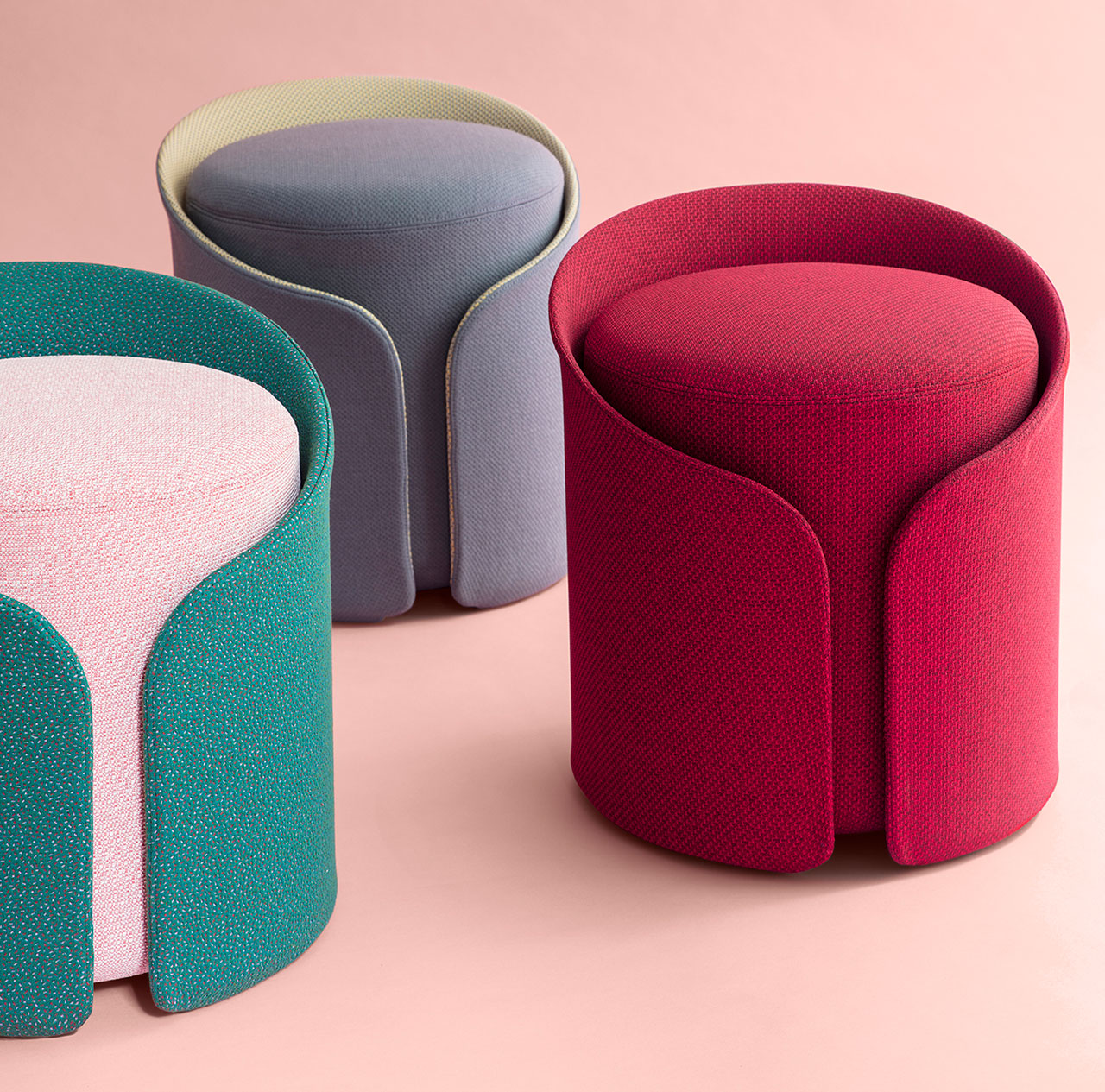Damien Carrette has devoted himself to two passions throughout his life, drawing and motocross. He eagerly explored these seemingly disparate worlds. It struck a chord, though, when he realized that he was more comfortable sitting in chairs than his motorcycle seat – he wanted to make products that people could use and enjoy. “I delved deep into the history of design and learned about the importance of manufacturing processes,” Carrette says. “This opened up a new perspective on the profession for me, leading me towards something much more complex and creative than I had imagined before.”
In 2014, Carrette and Nathanaël Désormeaux founded Désormeaux/Carrette. In the Paris-based studio, the pair analyze an object, highlight its technical aspects, and then simplify the design. The choice of lines and shapes creates a narrative for every item, each an element in their “playful universe.”
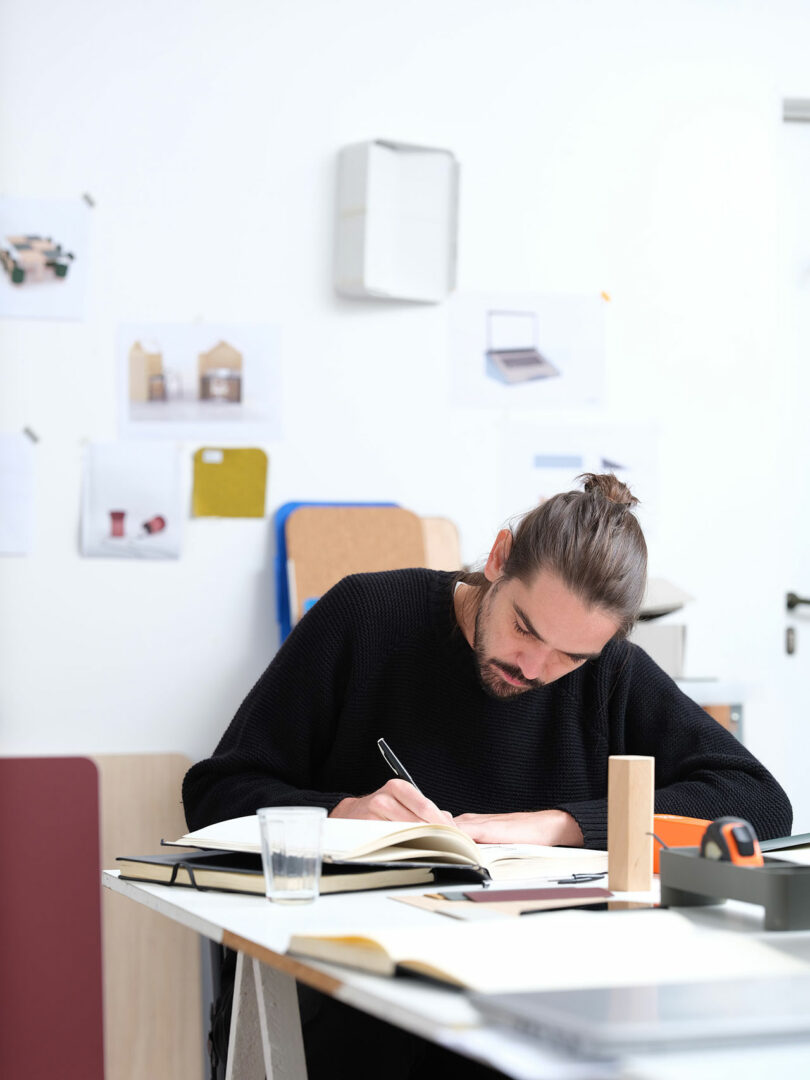
Damien Carrette \\\ Photo: Fabien Breuil
The duo then launched Slean in 2020, an office furniture brand with a simple aesthetic and an emphasis on repairable products and shorter production cycles. No matter which project they take on, Carrette and Désormeaux always motivate and challenge each other so that they can improve together.
The pair has moved frequently, sharing flats in both Paris and London. But for Carrette, no matter where he is located, creativity is a state of mind rather than a specific job or title. Music is an important part of his life, and his guitar is a mainstay. If he did change careers he would most likely be a chef and apply his vision to culinary delights.
Carrette finds it difficult to switch from design to everyday mode, because for him they are completely intertwined. He finds inspiration in unexpected places. “New ideas tend to arrive when you’re not actively seeking them,” he notes. “It’s often an internal reflection, or a detail you come across in your personal life that brings them to the surface.”
Today, Damien Carrette joins us for Friday Five!
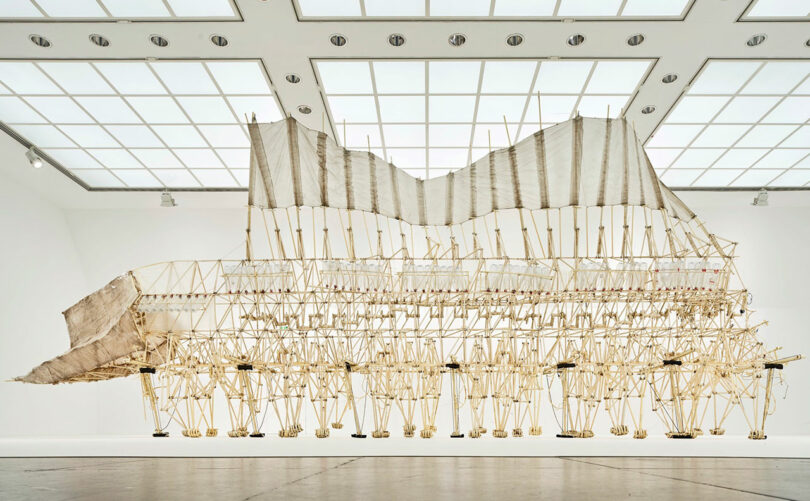
Theo Jansen, Strandbeest “Umerus”, 2009, Installation view Frankfurter Kunstverein, \\\ Photo: Norbert Miguletz, ©Frankfurter Kunstverein, courtesy of the artist
1. Mechanisme
I love discovering new mechanisms, especially if they’re low-tech. I enjoy playing around with them, enlarging or reducing them to find applications in our creations.
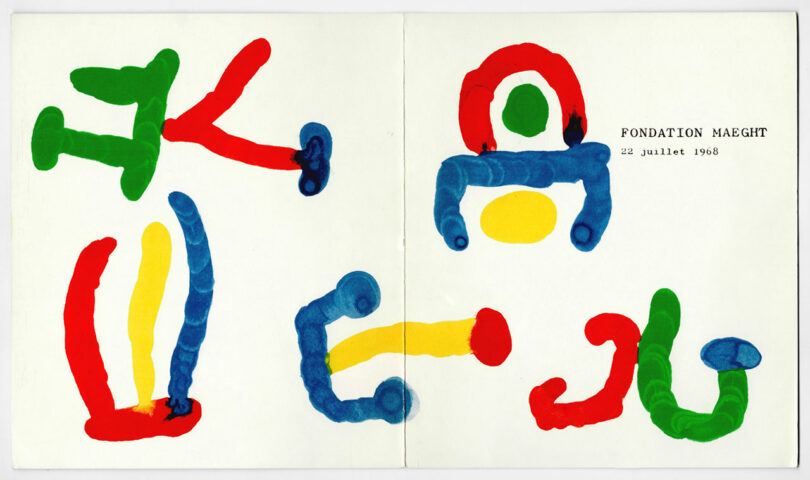
MIRÓ – Concert irregular de Joan Brossa. Invitation Fondation Maeght 1968 LITHO
2. Naive Art
I am deeply inspired by naive art, which allows each individual to create numerous interpretations through simple shape compositions. It’s an art form that calls upon our imagination and can also evoke memories of childhood. I enjoy create various possible interpretations of our designs.
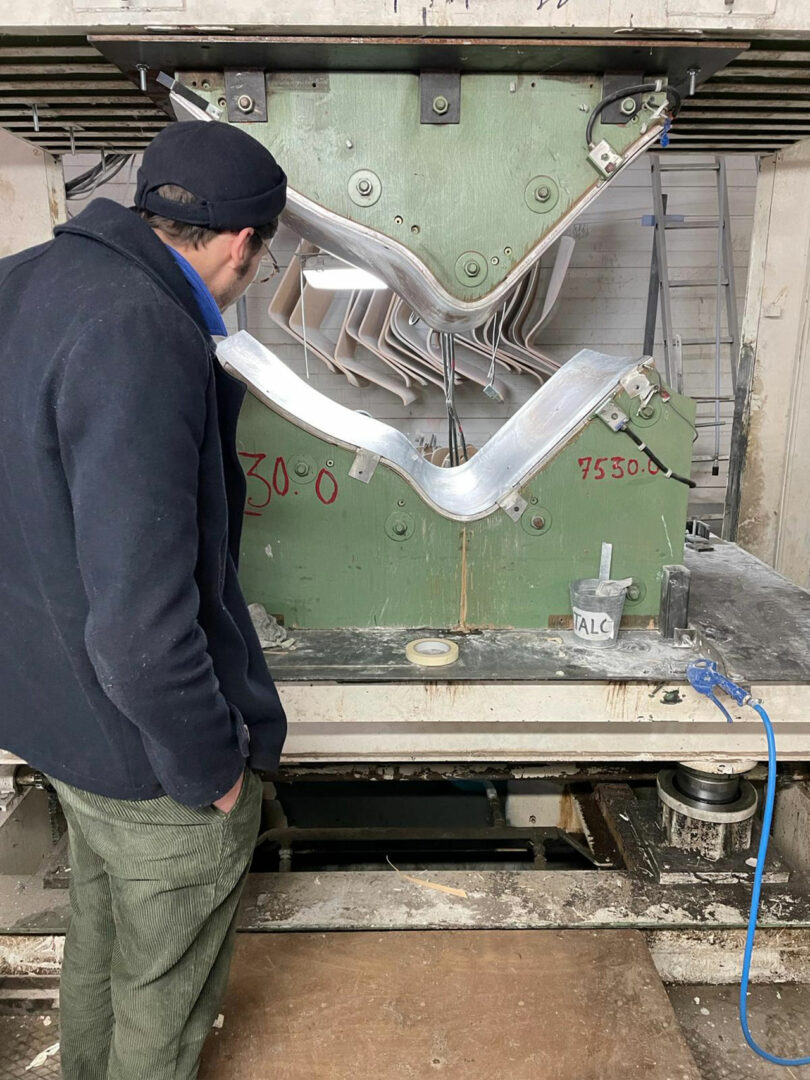
Nathanael Désormeaux looking at a chair mold in a factory \\\ Photo: Damien Carrette
3. Big Mold
What I truly enjoy is witnessing material being transformed into an object. Injection molding, stamping, and industrial presses are the most efficient methods for instantly shaping the material. I revel in the noise, power, speed, and mechanics found in factories. This fascination drives me to seek out new manufacturers and manufacturing processes. These factories take me into the countryside, where we often discover facilities that sustain entire villages.
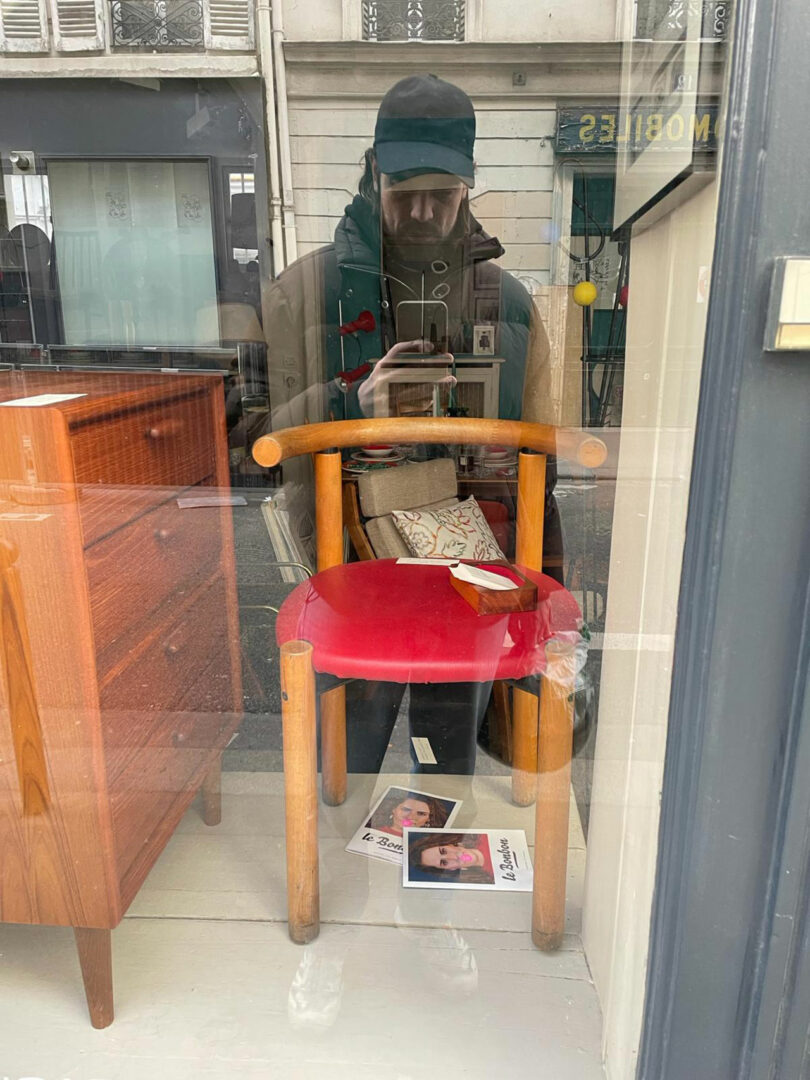
Photo: Damien Carrette
4. Chairs
It might sound like a cliché for designers, but I have a genuine passion for chairs. I am fascinated by discovering new designs, rotating them, deconstructing them, understanding how they’re shaped, composed, and crafted.
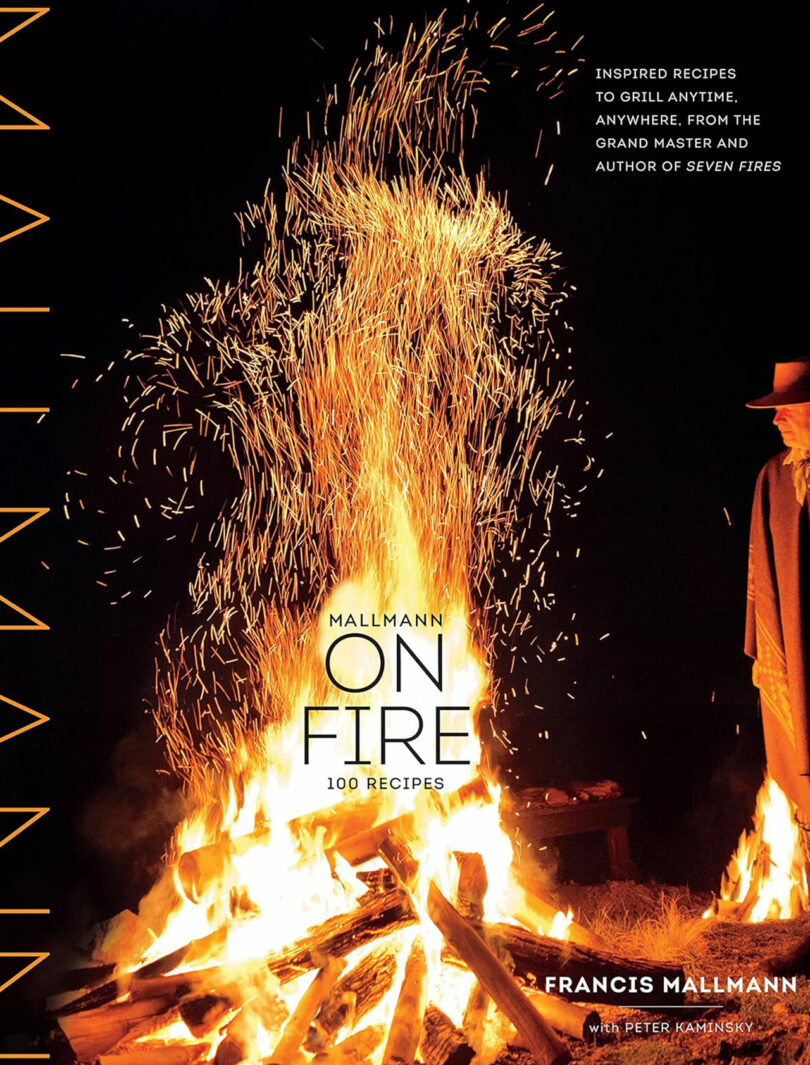
Mallmann on Fire: 100 Recipes by Francis Mallmann with Peter Kaminski and Donna Gelb \\\ Photo: Santiago Soto Monllor
5. Fire Cooking
There exists a very close link between design and cuisine. Similarities can be found in the transformation of materials, various methods of execution, and the importance of proportion and balance among different elements. Among all the different techniques, fire cooking is the one I prefer the most. It is both primitive and complex, but above all, it symbolizes friendship and conviviality.
Works by Désormeaux/Carrette:
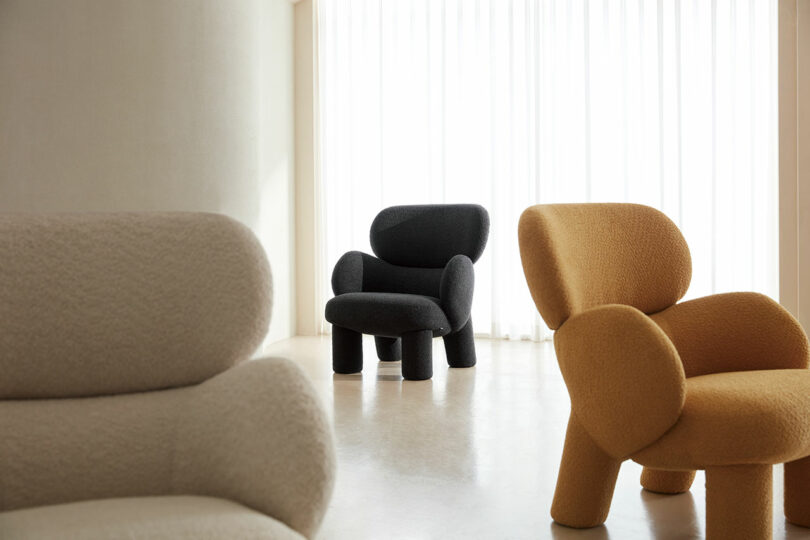
Photo: Courtesy of © Alloso
Elmer Lounge Chair for Alloso, 2022
Elmer is a lounge chair designed for the Korean company Alloso. This enveloping, comforting seat is the vision of the lounge chair of the 21st century! An interpretation that invites you to hug and cuddle, with the curves of characters that recall the world of cartoons and comic strips.
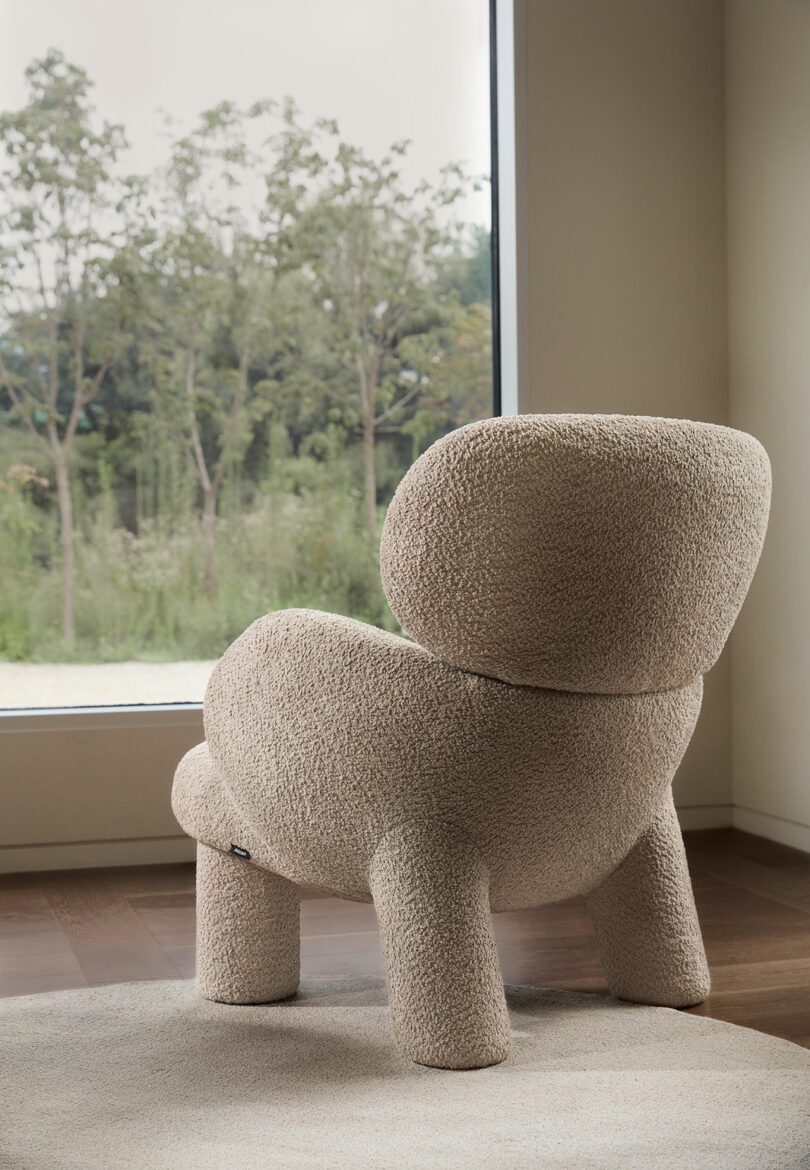
Photo: Courtesy of © Alloso
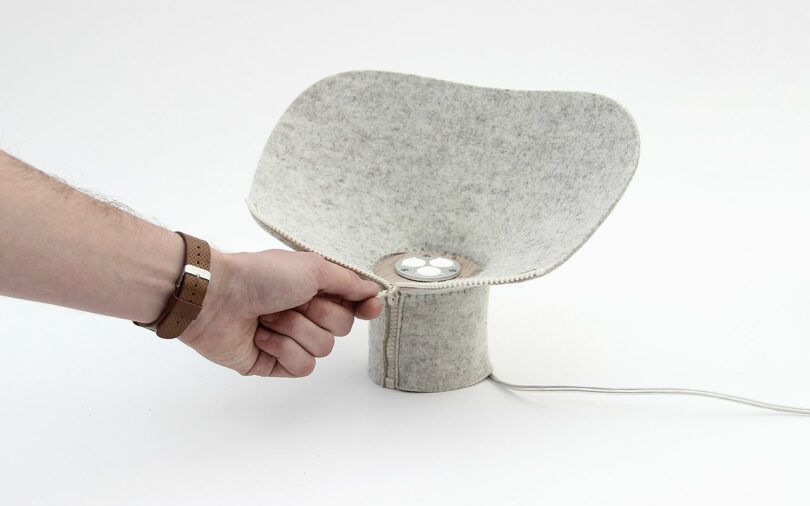
Photo: Courtesy of © Desormeaux/Carrette studio
Dita Lamp for Metylos, 2014
Dita is a table lamp inspired by the ready-to-wear industry. The lampshade «dresses» a simple wood base. In the manner of a garment, it transforms a two dimensional pattern into a three-dimensional object by playing on the tension generated by the sewing of the two parts of the pattern.
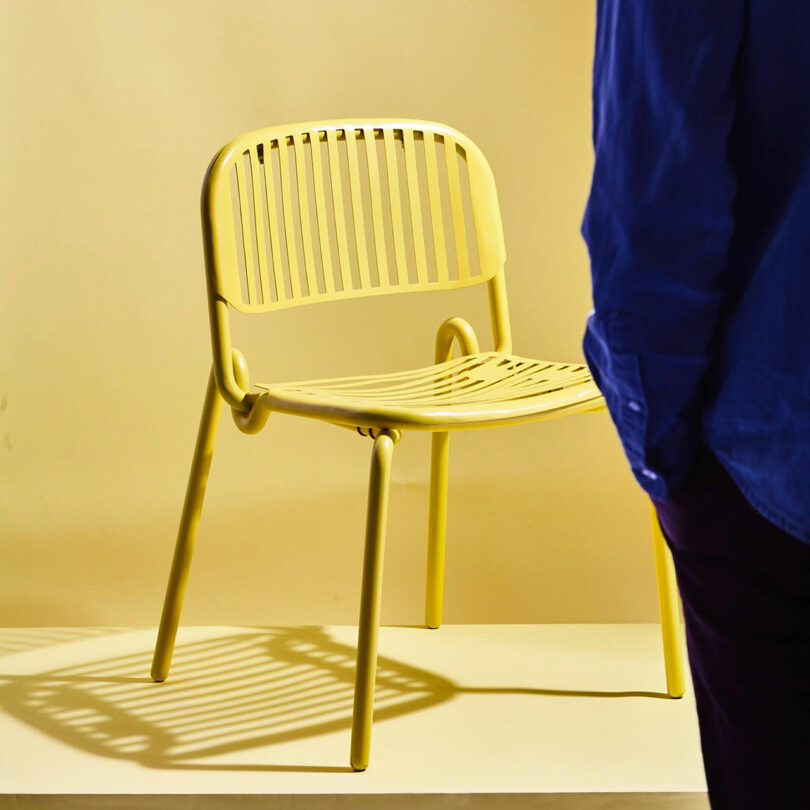
Photo: Courtesy of © Claire Payen
Knot Chair, 2015
The knot, usually synonymous with complexity has been reworked here and redesigned to create a visual paradox: it is what brings stylistic simplicity and use. The two curved tubes of the chair suggest embraces and invites the user to take part in the movement. The volume formed by these two pieces shows a hand-made design that contributes to the familiarity between the object and its user. The Knot innovates by integrating its production cycle. Two-way bending machines make it possible to produce both short-radius bends and variable-radius bends, thus avoiding the need for parts to be redone and thus the production of the tools.
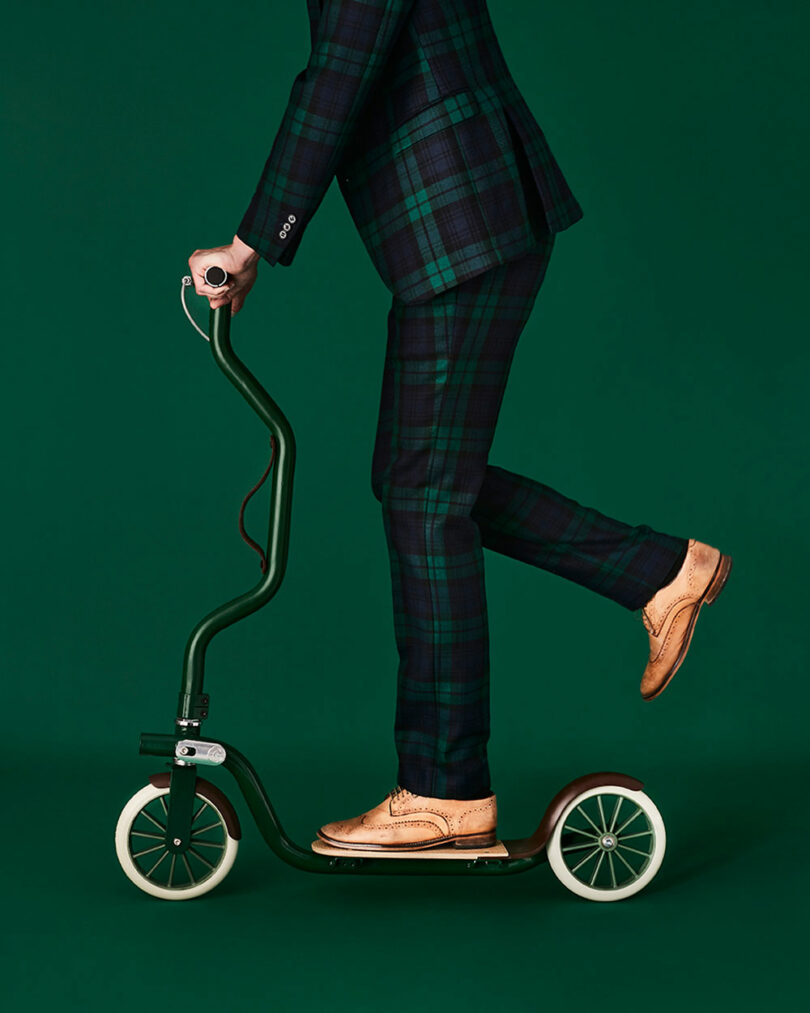
Photo: Courtesy of © Claire Payen
La Galoche, 2018
The improvement of the user’s experience is the Ariane thread of this non-consensual approach.Its structure, made of aeronautical aluminum, reduces the congestion in public transport by 35%. The shape of the handlebar allows it to attach the scooter to any urban furniture, thus reducing the clutter during the day. A perfectly integrated and patented fast folding system was also developed for the occasion. Inspired by the aesthetics of racing bikes from the years 60 to 70 “La Galoche” is finally fully customizable and offers great accessories.The project was accompanied by the studio from the design phase to its industrialization
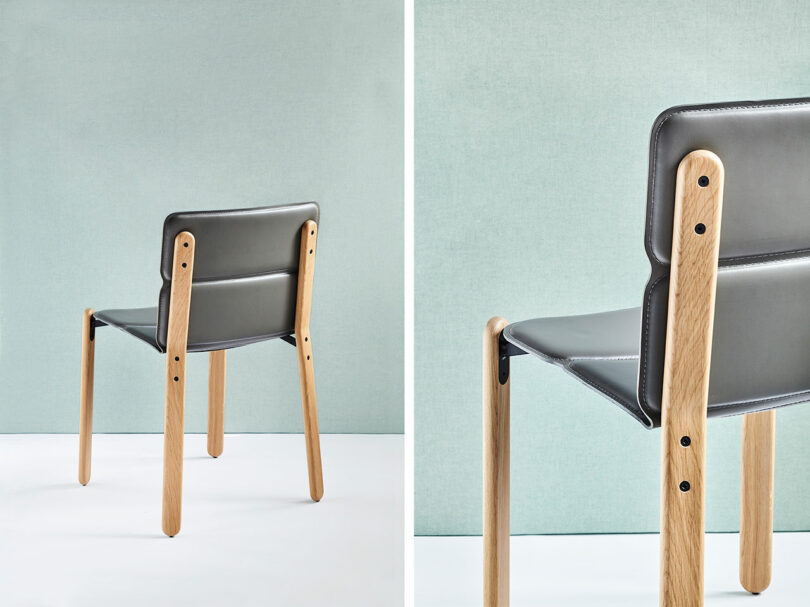
Photos: Courtesy of © Claire Payen
Paddock Chair for Ligne Roset, 2016
The Paddock chair draws in space in a few lines, while round, in a composition of oblong shapes.The oak structure supports a light and graphic seat. Developed in a sandwich material, 4 planks of curved wood at the ends covered with a foam and together with a thick cloth, it brings both flexibility and stiffness. Once laid on the structure, this articulated futon takes shape creating an ergonomic and comfortable seating.

